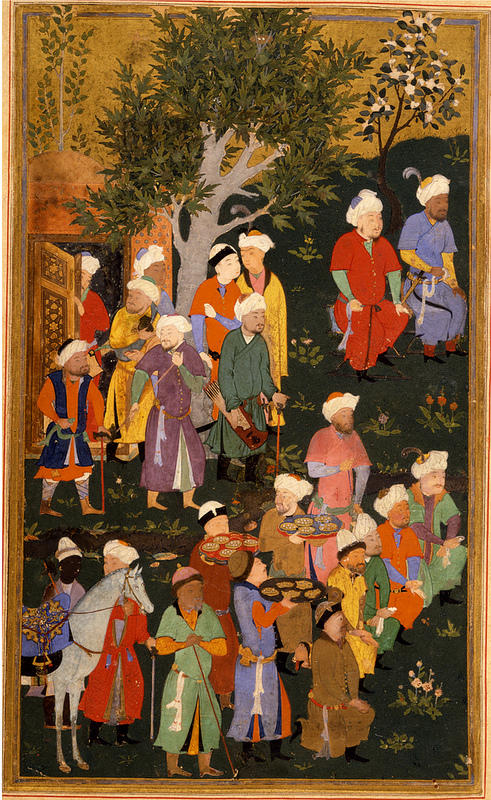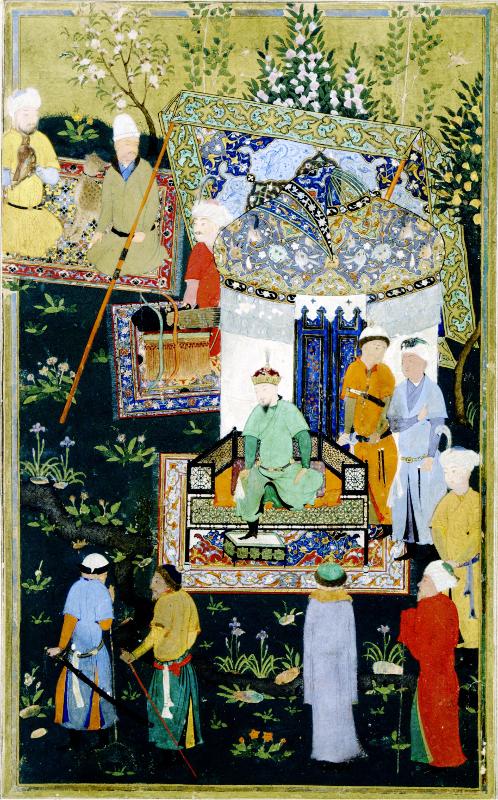
Register a SNAP EBT card with Amazon
Illustrations of Timurids in the Zafarnama of Sultan Husayn or ‘Garrett Zafarnama’
Timur granting audience on the occasion of his accession
 A larger image of Timur granting audience on the occasion of his accession (left) |
 A larger image of Timur granting audience on the occasion of his accession (right) |